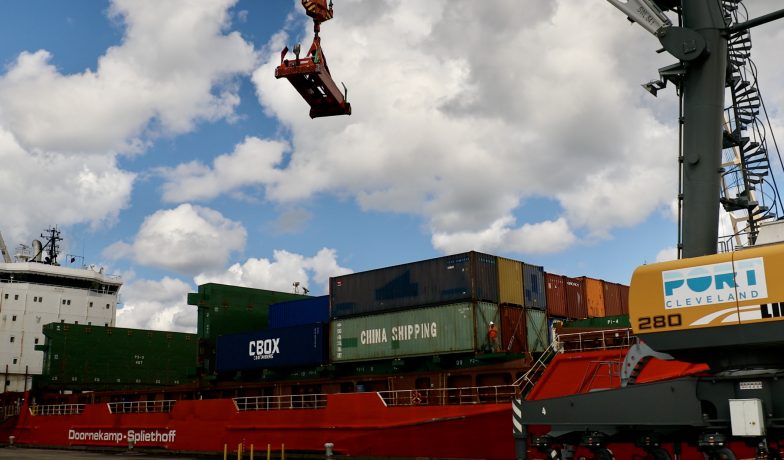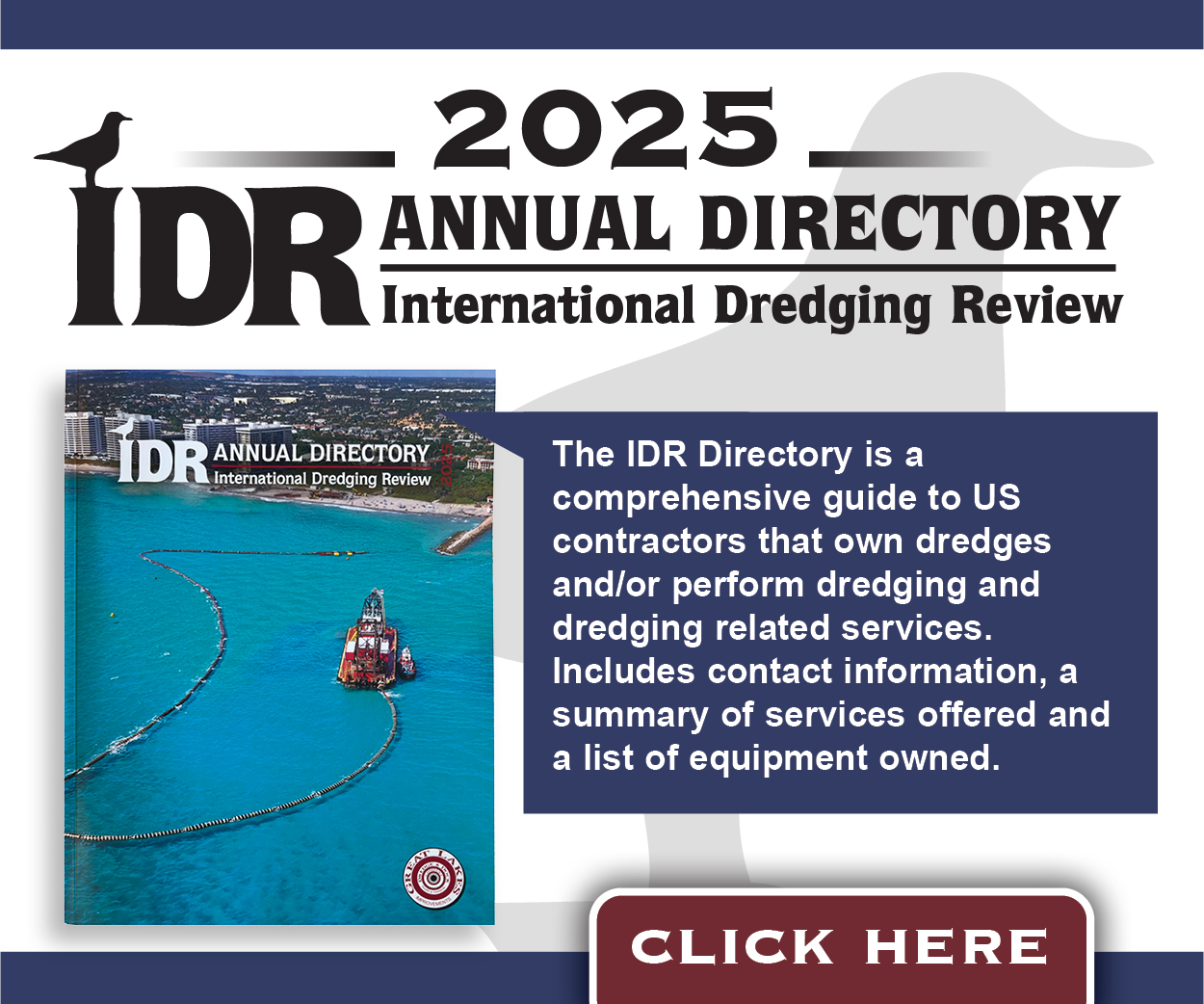Brian Oszakiewski Takes Over for Steve Fisher at AGLPA
Great Lakes/Seaway Review spoke with both Fisher and Oszakiewski, to find out what they each think about the accomplishments to date — and about future challenges.
GL/SR: Your career has been universally acknowledged for the successful effort to enable some important changes. As you retire, what’s your current SWOT (strengths, weaknesses, opportunities, threats) analysis of AGLPA?
Fisher: In 2022, AGLPA adopted a five-year development plan for our organization. The plan was the outcome of a year-long process of self-evaluation that examined many of the SWOT characteristics.
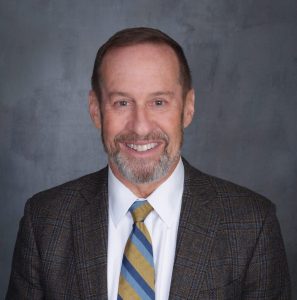
Clearly, our strength comes from our members. These include the public port authorities on the U.S. side of the Great Lakes. These local public agencies are answerable to either state, county or municipal government and thus are answerable to elected officials and indirectly to voters. Our associate members are private companies and other like-minded organizations that support our mission to enhance maritime commerce in the region.
AGLPA’s five-year plan is one that promotes organizational growth. There are a lot of opportunities to better serve our mission, but we often lacked the bandwidth due to our small size. Growing the organization’s staff and budget will be a future focus. I think our greatest threat is stagnation. It will be important to follow through on the five-year plan and grow the organization’s role in the region.
GL/SR: You bring a long history of leadership transportation and infrastructure advocacy. As you assume the leading executive role, what’s your current SWOT analysis of AGLPA?
Oszakiewski: I do have more than a decade of experience on Capitol Hill, managing transportation issues for a House Transportation and Infrastructure Committee member, serving in almost every staff position, including as legislative director and chief of staff. I led transportation policy and agency management in a Great Lakes governor’s office and served in government relations roles at transportation trade associations. At the National Transportation Safety Board, I also oversaw external relations, including government relations, communications, advocacy and safety recommendations.
As a native Chicagoan who has been focused on transportation and economic development for our region, this opportunity is deeply meaningful to me.
In my experience, AGLPA has been so successful and has the highest reputation on Capitol Hill, with governmental agencies at all levels, and with various additional stakeholders because of its members and leadership.
AGLPA is a relatively small association and has opportunities to deliver additional results for our members and region. Accordingly, the board adopted a thoughtful five-year strategic plan in 2022 after considering a variety of items, including many SWOT factors, to provide the vision and resources for AGLPA’s future. This includes providing additional resources for the association’s staff and budget. By seeing this plan through, we will be in an even stronger position to seize opportunities and provide greater value for those we serve.
GL/SR: What are the highlights of Steve’s legacy?
Oszakiewski: Throughout his career on Capitol Hill and 30 years at AGLPA, Steve has been a colleague, adviser, mentor and friend to so many in the maritime industry, throughout the Great Lakes region, on Capitol Hill and government and beyond. He’s kind, humble, strategic and accomplished – a legend in our industry.
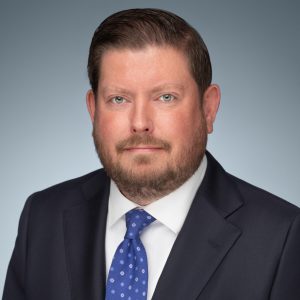
Steve’s efforts at AGLPA directly impacted public policies that have significantly promoted commerce at Great Lakes ports. These included: funding for Great Lakes harbor dredging and navigation infrastructure; funding for port development and maintenance of the St. Lawrence Seaway; promotion of short sea shipping; funding for ballast water research technology; reasonable state and federal vessel discharge regulations; a research– driven approach to invasive species; the equitable handling of federal food aid exports; and an overall methodology to advocacy focused on data, collaboration and education.
AGLPA’s President Capt. Paul LaMarre III has said it best: “Any words that could be shared about Steve’s far-reaching accomplishments can never truly express our appreciation for all that we have accomplished together.”
GL/SR: Steve, what are the highlights of your legacy?
Fisher: I was the third executive director of the AGLPA. When I first took the role in 1994, my predecessor startled me when he predicted that shipping on the Great Lakes-St. Lawrence Seaway System would likely atrophy and collapse by the time I retired. On that hopeful note, I began my career.
Certainly, there have been scores of challenges and threats to Great Lakes shipping over the last 30 years, and I have come to understand his pessimism. However, I’m proud to observe that our industry united on each challenge, fought back and solved critical problems. In each case, I’m proud that AGLPA played a role, but I want to stress that no one does anything alone and that we always accomplish the most when our industry works together in partnerships and coalitions.
Perhaps the greatest challenge during my tenure was the threat of invasive species to the Great Lakes ecosystem and the role overseas shipping played in facilitating the movement of aquatic organisms. This issue became an existential threat in the mid-2000s when environmental groups called for closure of the St. Lawrence Seaway. Their demand was endorsed by several leading newspapers in the region. This issue was not only a scientific problem, but it was also a public policy challenge. AGLPA worked closely with Congress to secure research funds to establish the region’s only ballast treatment technology development center at the University of Wisconsin-Superior. AGLPA was also active in efforts to harmonize state and federal vessel discharge legislation. An unfortunate patchwork of conflicting state ballast regulations had evolved. We organized teams of industry representatives to meet with legislators in Washington, Madison, Lansing and Albany. In most cases, unworkable state laws were modified, and ultimately federal legislation was enacted that pre-empted state regulation of vessel discharges.
While policymakers typically understand the importance of maritime commerce on the Great Lakes, the invasive species issue made it clear that such support could not be taken for granted. Our industry needed to do a better job of telling its good story, but to do so we needed good data. Beginning in 2010, AGLPA either led or helped coordinate the production of a series of studies to document the economic, environmental and safety attributes of GL and Seaway shipping. These studies can be found on the AGLPA website, or the websites of other industry groups such as the Lake Carriers’ Association and the Chamber of Marine Commerce. The industry needs to maintain this baseline of data and update it regularly.
Finally, we have worked closely with industry partners to significantly increase the level of investment in maritime transportation infrastructure on the Great Lakes-St. Lawrence Seaway. This includes the Seaway and Soo Locks Asset Renewal Programs, the new large lock at the Soo, the reconstruction of harbor structures such as breakwaters and jetties, increased maintenance dredging of our harbors and direct investment in port facilities such as dock walls, aprons, lay down areas, warehouses and port equipment. In total, we have seen billions invested in the Great Lakes navigation system in the last decade.
GL/SR: What doesn’t Washington, D.C. fully understand about the big challenges facing the Great Lakes?
Fisher: First, it’s important to understand that our federal government is not a single entity, but rather, hundreds of separate policymakers, some cooperating and some in conflict. Education is the first step, and simply telling the Great Lakes maritime story is important. Again, having good data is critical. Our region is blessed with a very well organized, active and bipartisan Congressional delegation in the House and Senate. We focus on them because they are biased in favor of their home districts and states. They are our champions on most every issue.
It’s more challenging to educate and win over the Congressional committee staff and federal agency staff who are not as parochial. They have a national perspective and must be convinced that helping the Great Lakes is in the national interest. I always found this to be a fun challenge because we have such a great story to tell.
Oszakiewski: AGLPA and the Great Lakes region, more broadly, are fortunate to have a strong, bi-partisan Congressional delegation in the House and Senate. These elected officials are active and focused on listening to and delivering results for their constituents locally. Accordingly, they are our biggest advocates. AGLPA works with these policymakers’ day-in and day-out to ensure the organization’s continued success.
The biggest challenge is convincing policymakers on Capitol Hill (both staff and elected lawmakers) and officials in the various federal agencies who are not connected to the Great Lakes region or focused on broader national issues. That’s thousands of individual actors with different interests, perspectives and agendas. And, despite the challenge, Steve and AGLPA’s members have managed this day-to-day endeavor very well by building relationships and winning policy debates with data, facts and a great narrative. The effort is never ending.
GL/SR: What effects (positive or negative) might some of the new federal administration’s ideas have on GL shipping and ports?
Fisher: There is a lot of anxiety about new or expanded tariffs and how they might skew trade patterns. Clearly, higher tariffs on Canadian goods will impact some of the Canadian laker trade. Similarly, higher tariffs on imported steel products will impact inbound ocean shipping and backhaul cargoes such as agricultural products. At the same time, greater protectionism might bolster American steel production, which will positively impact iron ore, limestone, coke and other related cargoes. Depending on the port and its constituent cargoes, some will benefit, and others will be harmed.
Oszakiewski: As the new administration takes office, many have expressed concerns about wide-ranging proposed policies and ideas that will impact the Great Lakes region and our country. This is the case with any new administration. One item specific to Great Lakes shipping and ports is the possibility of new or expanded tariffs. The bottom line is that these policies have the potential to benefit some and harm others. Of course, the details will matter, and the impact will depend on the specific port and its associated goods/cargo.
GL/SR: What approach should the U.S. Coast Guard, and other federal agencies, take toward the Great Lakes that would help to stimulate greater private investment into port modernization and port services?
Fisher: In fairness, I think the federal government has really stepped up in recent years and made bold investments in the nation’s ports, and in Great Lakes ports. In most cases, these investments have been matched by private industry. My criticism is focused on state governments. Most of the eight Great Lakes states lack a consistent port infrastructure financing program, despite the critical role ports play in each state’s economy. I would urge the Great Lakes states to recognize that port investment is no less worthy than highway investment, airport development, public transportation or any other mode.
Oszakiewski: AGLPA’s members and our partner organizations have done an excellent job of making the case for strong federal investment in America’s ports, including those on the Great Lakes. In addition to the federal government and the ports themselves, many private sector partners have also stepped up.
Certainly, there is a genuine need for greater investment – the demand is very much there – and we need to continue advocating for those resources. Equally, we need to keep fighting to ensure the Great Lakes region receives our fair share of that funding.
While we’ve made significant progress in some areas, Steve frequently (and correctly) points out that many state governments haven’t implemented a consistent program to invest and finance ports. This is unfortunate and short-sighted, because doing so would create good-paying jobs and boost local economic opportunities. Nevertheless, there is an opportunity to make progress here.
GL/SR: What’s next for you?
Fisher: I’ve been so fortunate. For 30 years I have woken up every day and been excited to go to the office. The people in our industry have been wonderful to work with and most have become personal friends. The maritime industry is a non-stop learning experience. I’m amazed at all the things I still don’t know after 30 years. I have found my job to be stimulating and challenging. Nevertheless, I hear an inner voice that keeps telling me that it’s time to evolve and grow. While I don’t have retirement all figured out yet, I know that the next few years will be filled with travel, lots of hiking and cycling, which are my passions.
Unlike my predecessor, I am very hopeful about the future of shipping on the Great Lakes-St. Lawrence Seaway. I think our collective efforts to reinvest in and promote the shipping system have paid off. Our efforts will help to ensure that shipping continues to serve the Great Lakes-St. Lawrence Seaway’s regional economy and support good jobs in our communities.
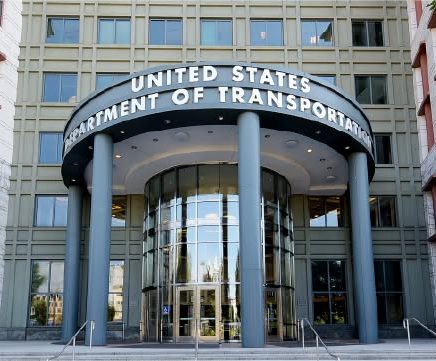
Stephen M. Carmel Named MARAD Administrator
The U.S. Department of Transportation has announced that Stephen M. Carmel has been confirmed as the 21st administrator of the Maritime Administration (MARAD) after the U.S. Senate confirmed the nomination... Read More
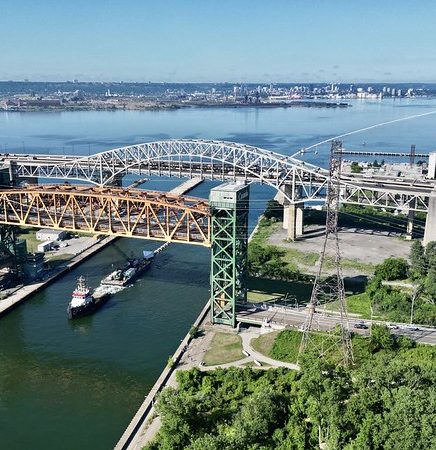
Chamber of Marine Commerce Selects New President and CEO
The Chamber of Marine Commerce (CMC) board of directors has selected Joshua H. Juel to serve as the CMC’s next president and chief executive officer. Juel has more than 20 years... Read More

